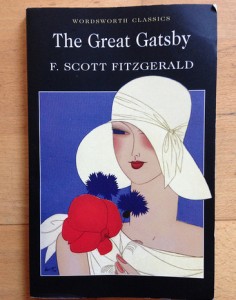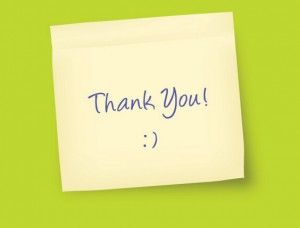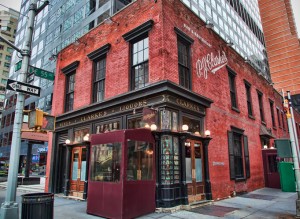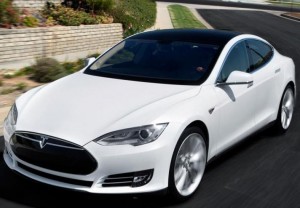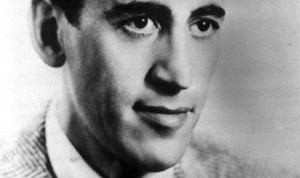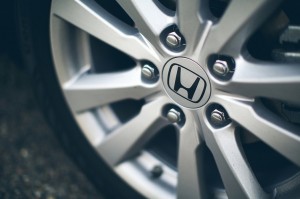
We’ve been watching TED Talks over lunch the last few days or so.
Riveting stuff is how you can describe them. An education in every way.
Still, there was one thing that raised a question or two.
The subject of industry best practices.
We heard they’re a yardstick for success. They lead to better key performance indicators.
There’s truth in that, of course, they can help when it comes to your next quarterly earnings report.
But is it going far enough?
Don’t best practices make you like other companies when you adopt the same approaches and milestones?
Isn’t there a bit of a problem being equal to but not better than your competitors?
So … wouldn’t it be an idea to meet best practices standards then move ahead from there?
After all, your competitors are probably doing all you’re doing to succeed in the marketplace.
You can bet that includes everything from Logistics to HR to Training and Product Development.
But why conform to the kind of creative work your competitors run? Why follow the accepted approaches of your product category?
With originality you can stand apart.
Your physical resources and technology can be copied but the right kind of creative work can’t be.
Further to that, maybe you’ve seen the Honda spot called ‘Paper’. http://bit.ly/1QZnWME
It doesn’t follow anyone else’s lead to present a line of products that includes business jets, motorbikes, cars, racing cars and lawnmowers.
It’s stunning work and could be the subject of a TED Talk in itself.
If only for the fact it neatly showcases everything the company makes without the usual inert thinking you get in a product line commercial.
Quite the opposite, it’s easy to watch again and again.
A 20-something in our office added to that by saying, ‘I bet it’ll sell its ass off’.
‘Paper’ qualifies as best practices as far as other Honda spots are concerned.
It adds to the high standard of Honda commercials like ‘Cog’, ‘Hands’ and the Ayrton Senna ‘Racing’ film.
It also goes well beyond the typical level of creative best practices.
And for that reason it will probably sell its ass off.
Share with us. Leave your comment below. Thanks for reading Whybetonto.com. Regards, Steve Ulin LinkedIn: http://linkd.in/1Bey3Jl



